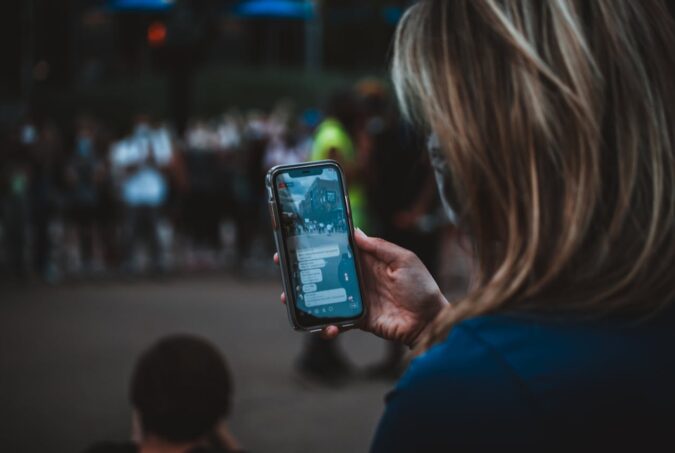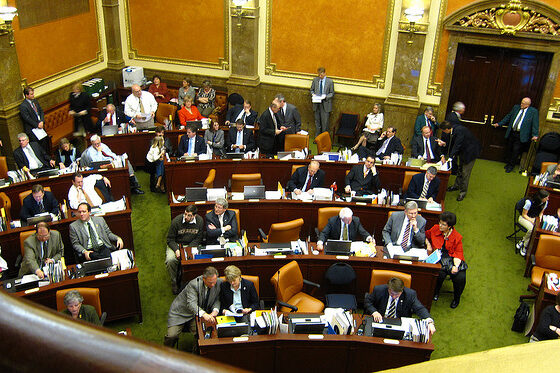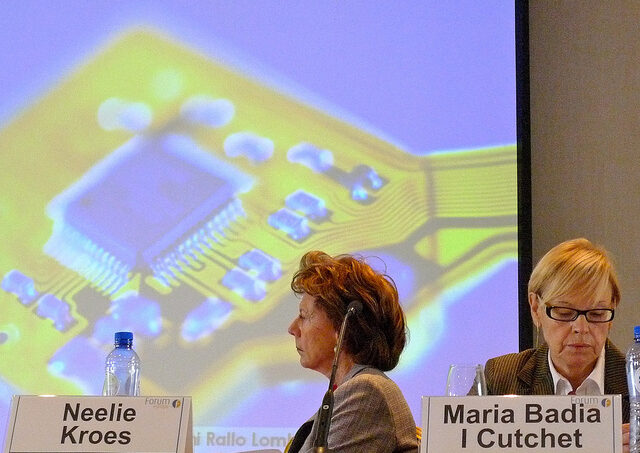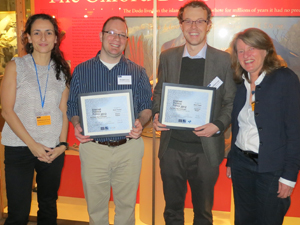
Africa is in the midst of a technological revolution, and the current wave of digitisation has the potential to make the continent’s citizens a rich mine of data. Intersection in Zomba, Malawi. Image by john.duffell.
After the last decade’s exponential rise in ICT use, Africa is fast becoming a source of big data. Africans are increasingly emitting digital information with their mobile phone calls, internet use and various forms of digitised transactions, while on a state level e-government starts to become a reality. As Africa goes digital, the challenge for policymakers becomes what the WRR, a Dutch policy organisation, has identified as ‘i-government’: moving from digitisation to managing and curating digital data in ways that keep people’s identities and activities secure. On one level, this is an important development for African policymakers, given that accurate information on their populations has been notoriously hard to come by and, where it exists, has not been shared. On another, however, it represents a tremendous challenge. The WRR has pointed out the unpreparedness of European governments, who have been digitising for decades, for the age of i-government. How are African policymakers, as relative newcomers to digital data, supposed to respond? There are two possible scenarios. One is that systems will develop for the release and curation of Africans’ data by corporations and governments, and that it will become possible, in the words of the UN’s Global Pulse initiative, to use it as a ‘public good’—an invaluable tool for development policies and crisis response. The other is that there will be a new scramble for Africa: a digital resource grab that may have implications as great as the original scramble amongst the colonial powers in the late 19th century. We know that African data is not only valuable to Africans. The current wave of digitisation has the potential to make the continent’s citizens a rich mine of data about health interventions, human mobility, conflict and violence, technology adoption, communication dynamics and financial behaviour, with the default mode being for this to happen without their consent or involvement, and without ethical and normative frameworks to ensure data protection or to weigh…








